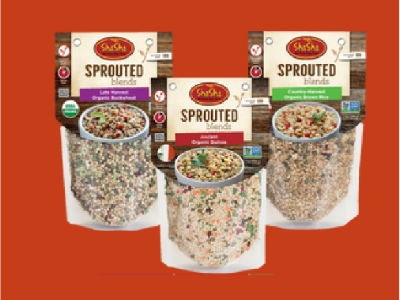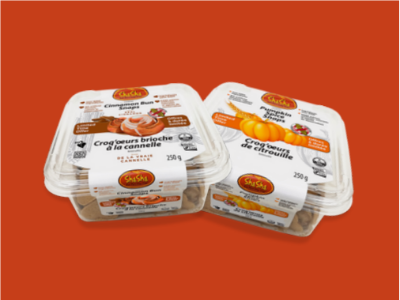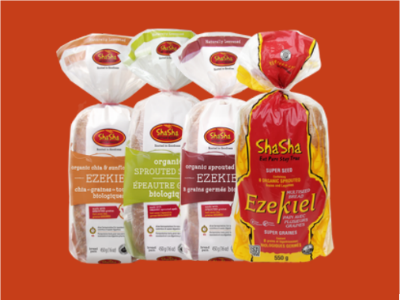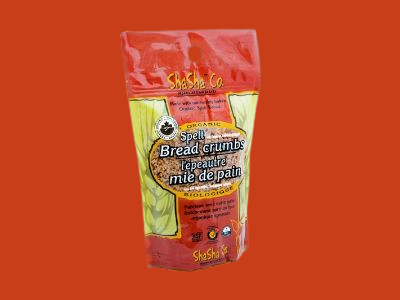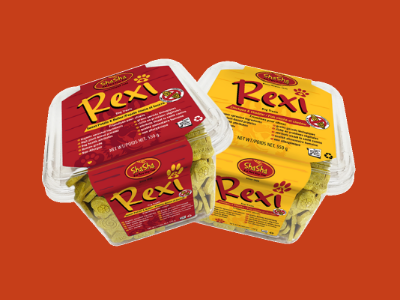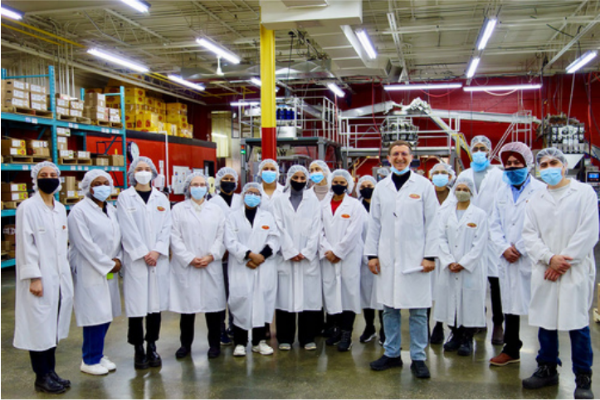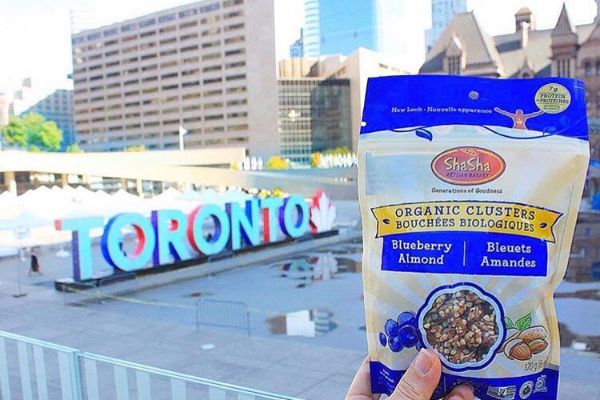A challenging lifestyle is made easier when you choose
to carry nutritious snacks.
- Wheat Free & Gluten Free
- Contains Inulin
- Prebiotic and Probiotic
- Vegan
- Raw
- Peanut Free
- Promotes digestive health
- Supports the immune system
- High Source of Fiber

ShaSha Organic Buckwheat Snack is sold at many locations – click here to find local stores that sell ShaSha products.
ShaSha Organic Buckwheat Snack can also be purchased online – click here buy Buckwheat Snacks online.
A question of food:
How can we eat better and live healthier?
by Shasha Shaun Navazesh
Why is obesity such an overwhelming problem in our society? Why are cancers, diabetes, allergies and other illnesses on the rise? The answer is simple: the foods we eat are not meeting our needs.
For thousands of years, people made bread from whole-grain, locally-milled wheat. During the industrial revolution, however, milling moved from a small-batch, local pursuit to a large-scale manufacturing process. Because bread – and foods in general – were being produced in such vast quantities, they couldn’t be consumed as soon as they were made. So in came the additives and preservatives. And out went nutrition and freshness.
A bleaching agent was introduced into the process to create white flour, which was perceived to be cleaner and more “upscale” than its rougher-looking (yet infinitely healthier) unbleached counterpart. Bleaching flour basically involves taking out the bran and the germ – which contain all of the nutrients – leaving behind only starch.
Today, we have realized that bleached white flour isn’t good for us. So the government has mandated that white flour be enriched. That means all the bran and germ is stripped out of the wheat, then artificial pharmaceutical nutrients are added back in. Why don’t they just leave the nutrients in the first place? Because doing it the old-fashioned way is expensive and time-consuming, and most people aren’t willing to spend the extra money on their food.
And it isn’t just bread that has been affected by this “more stuff faster” mentality. In the food industry, quantity trumps quality. Seeds are genetically modified to grow faster and produce heartier crops that can be stored and shipped without damage. Nitrogen is used a fertilizer, resulting in huge yields; herbicides, pesticides and chemical fertilizers add to the toxic, carcinogenic cocktail. Vast tracts of land are used for single crops, depleting the soil of key nutrients and minerals. Food isn’t about nutrition anymore. Now it’s big business.
Fruits and vegetables no longer smell or taste like they’re supposed to. In an effort to bring us fruit that LOOKS beautiful and can be transported great distances, producers have robbed their products of flavour, aroma, and nutrients. Everything is about shelf life and durability. Items have to be picked unripened so they’ll last longer. But ripe fruits and vegetables are the ones that have the highest enzyme activity and the highest level of nutrients. And so many of the foods we eat are genetically modified – for durability, shelf life and resistance to pests.
It all adds up to a basic lack of nutrients and an onslaught of toxins our bodies don’t know what to do with. Manufactured foods cheat our bodies. So we get fat. We get sick. We are literally killing ourselves with bad food.
However, we are realizing that eating things sprayed with chemicals designed to kill weeds and insects isn’t good for our bodies. That stripping the natural nutrients out of food and then putting artificial ones back in doesn’t make sense. So many of us are eating more healthfully, making better choices. But when the choices we have are poor, what should we do?
Ideally, we should make food the way it was done 200 years ago. But you can’t feed six billion people with organically grown products. So what can we do to make things better? Basically, we need to find new ways of growing, storing, processing, manufacturing and consuming it. We may not be 100% sure of what those ways are, but here are a few ideas:
- Grow food that doesn’t damage the soil. Farmers should rotate crops, and the government should encourage responsible farming.
- Stop shipping food across continents. Local and seasonal eating is more planet (and body) friendly.
- Phase out herbicides, pesticides, additives and preservatives, and find natural ways of protecting crops and keeping products fresh.
- Stop buying foods that have been designed in a lab. In Europe, where genetically modified foods are illegal, people have far fewer wheat allergies than in North America.
- Change the way we think about food. Instead of eating three large meals a day, we need a continued source of energy that provides constant nutrients. When we get hungry between meals, our energy drops, and we reach for a fast source of energy – sugar. Sugar enters the bloodstream quickly, giving us a boost, but after it spikes, we crash. So we reach for more sugar. This is the nasty cycle that causes obesity.
There’s no single answer to this issue. But it helps to spread awareness. At Shasha Co., we try to educate people. We’re also trying to do our part by creating a range of tasty, functional, raw, low GI foods that are grown naturally, contain actual nutrients, undergo minimal processing, can be consumed throughout the day, and don’t leave a big carbon footprint.
To make a real difference, we need to change the way we look at food and eating – as a society. And that will take time and effort. But I hope this article is a step in that direction, something that makes you thinks about what you eat. I hope it inspires you pick up a book about eating locally, buy a loaf of bread that hasn’t had all the nutrients processed out of it, and think twice before putting that genetically modified tomato in your cart.

